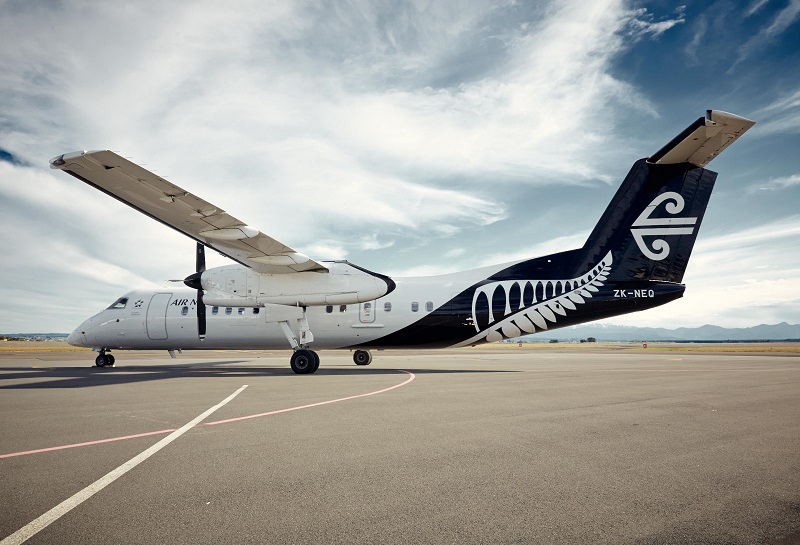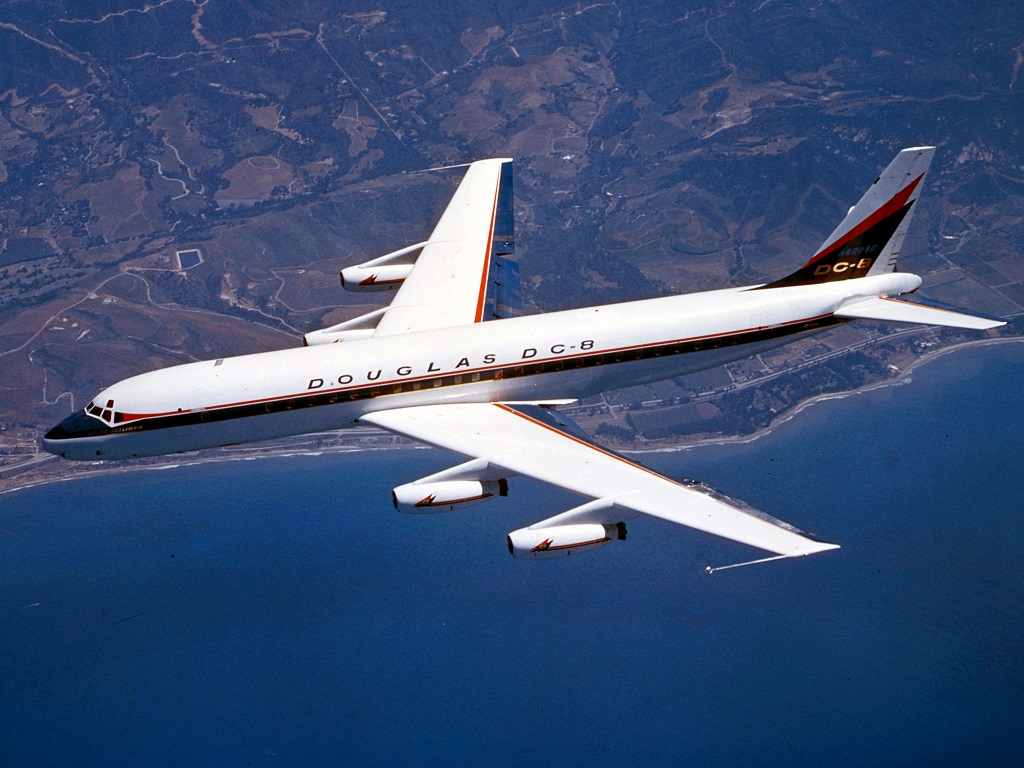AIR NZ HELPS NASA WITH CLIMATE CHANGE
13 September, 2022
4 min read
By joining our newsletter, you agree to our Privacy Policy


Air NZ is helping NASA with climate change with its daily operations with a ground-breaking approach to collecting data for the global scientific community.
In a world-first, Air New Zealand flight NZ8844 took off Tuesday, September 13, from Christchurch to Nelson carrying a NASA next-generation satellite receiver.
Using direct and reflected GPS and Galileo signals, the Global Navigation Satellite System (GNSS) receiver will collect unique environmental data to better predict storms and enable new climate change research.
Air NZ is the first passenger airline in the world to join a NASA earth mission, working together since 2020 on the design, installation and certification of the receiver onboard one of its Q300 aircraft.
Air NZ Chief Operational Integrity and Safety Officer Captain David Morgan says climate change is a shared challenge and the airline does not shy away from its responsibilities to address it.
“With a network stretching from Kerikeri to Invercargill and flying at an altitude of around 16,000 feet, the Q300 was the perfect aircraft to pilot this mission.”
“Flying much closer to the land and sea than NASA’s satellites, our aircraft can collect a daily feed of high-resolution, high-quality data, with significant potential for the science community.”
The University of Auckland has established a Science Payload Operations Centre to receive and process the data in what could become New Zealand’s largest source of environmental data. Project Lead, Professor Delwyn Moller, says the collaboration will put Kiwi scientists at the forefront of this emerging field.
“The data produced by this collaboration will be made publicly available, opening up a range of research possibilities, with many potential uses – from flood risk management to agriculture and resource planning.
“Air New Zealand’s commitment to the project’s success will hopefully inspire other airlines around the world to use their own aircraft for the benefit of science.”
The data collected in flight will also feed into NASA's Cyclone Global Navigation Satellite System (CYGNSS). Dr Will McCarty, NASA's CYGNSS Program Scientist in the agency's Earth Science Division, says the data from Air New Zealand flights will extend the CYGNSS mission to monitor environmental changes over land.
"CYGNSS bounces GPS signals off the ocean to measure wind speeds to help predict hurricanes and cyclones. Over land, the technology can determine soil moisture levels, so it can also monitor climate change indicators such as drought, flooding and coastline erosion.
“The receiver Air New Zealand is flying has advanced capabilities with the potential to be used for future space-bound missions, so we’re excited to test these out.”
The project to fly a next-generation GNSS-R receiver on Air NZ 's aircraft to advance earth observation has been gifted the name Rongowai, combining the Māori words rongo (to sense) and wai (water).
AIR FRANCE SAFETY RATING DOWNGRADED
BOEING PUBLISHES ITS ANNUAL SAFETY REPORT
GEOFFREY THOMAS TALKS QANTAS ON SKYNEWS
About AirlineRatings.com
Airlineratings.com was developed to provide everyone in the world a one-stop shop for everything related to airlines, formed by a team of aviation editors, who have forensically researched nearly every airline in the world.
Our rating system is rated from one to seven stars on safety – with seven being the highest ranking. Within each airline, you will find the country of origin, airline code, booking URL and seat map information. The rating system takes into account a number of different factors related to audits from aviation’s governing bodies, lead associations, as well as the airlines, own safety data. Every airline has a safety rating breakdown so you can see exactly how they rate.
Over 230 of the airlines on the site that carry 99 per cent of the world’s passengers have a product rating. Given that low-cost, regional and full-service carriers are so different we have constructed a different rating system for each which can be found within each airline.
Get the latest news and updates straight to your inbox
No spam, no hassle, no fuss, just airline news direct to you.
By joining our newsletter, you agree to our Privacy Policy
Find us on social media
Comments
No comments yet, be the first to write one.


